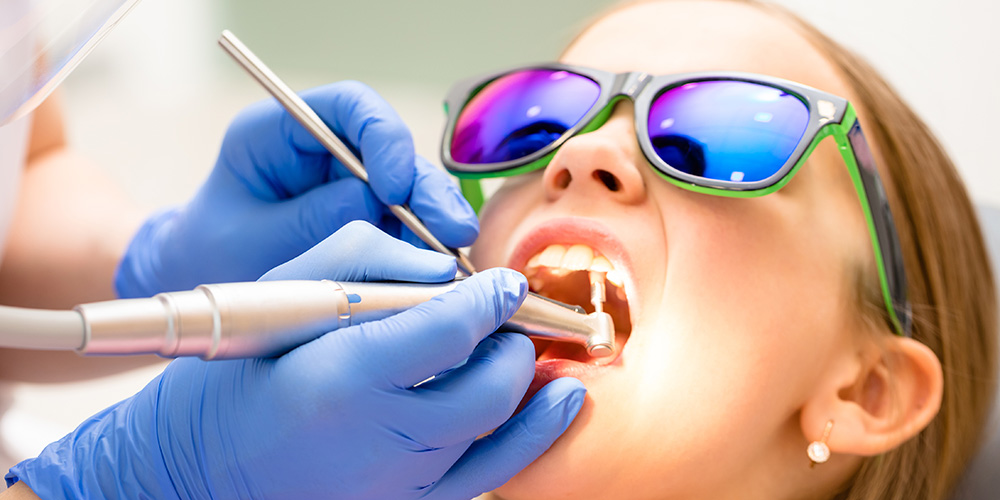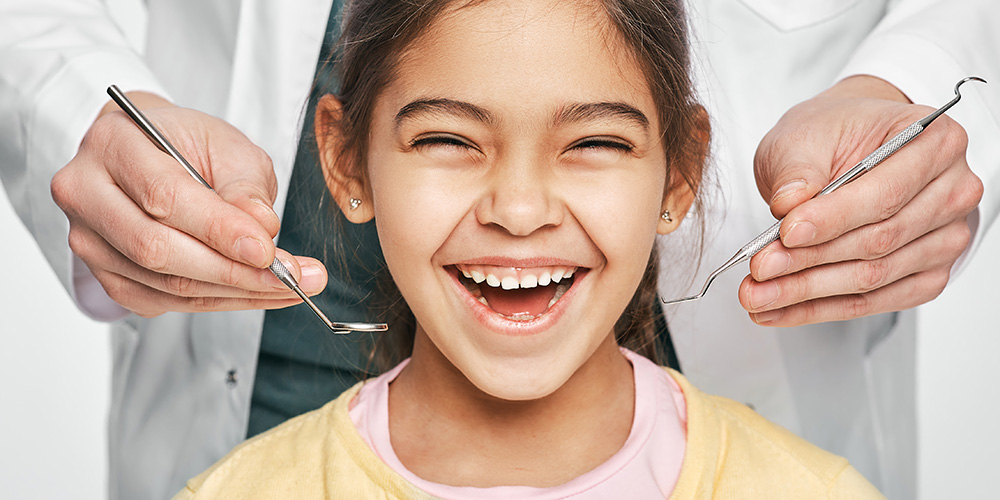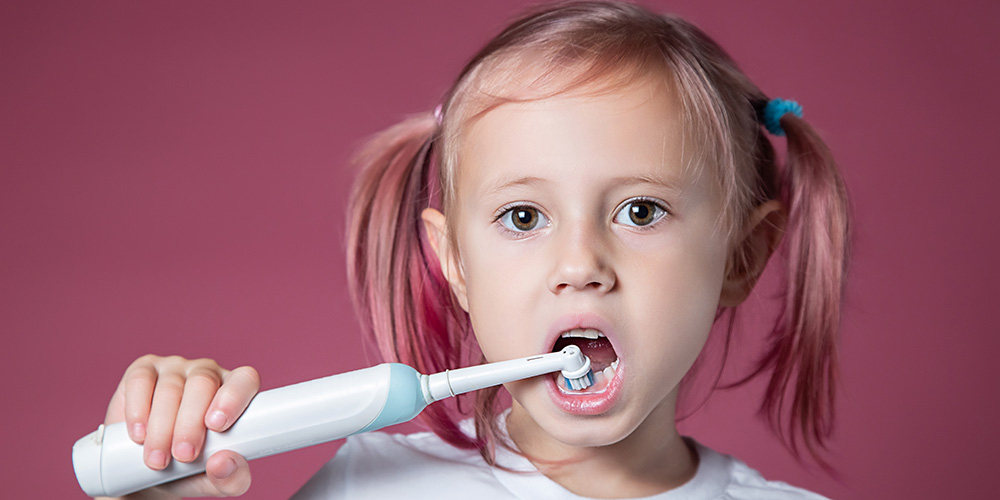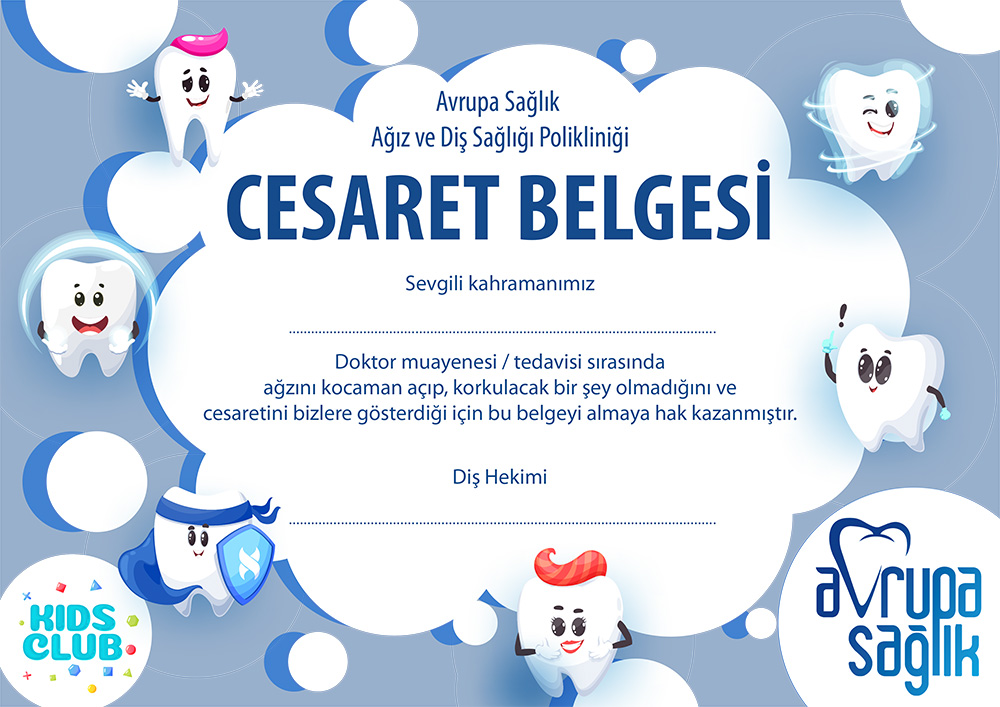
According to the American Academy of Pediatric Dentistry (AAPD), your child should visit the dentist by his/her 1st birthday. You can make the first visit to the dentist enjoyable and positive. Your child should be informed of the visit and told that the dentist and their staff will explain all procedures and answer any questions. The less to-do concerning the visit, the better.
It is best if you refrain from using words around your child that might cause unnecessary fear, such as needle, pull, drill or hurt. Pediatric dental offices make a practice of using words that convey the same message, but are pleasant and non-frightening to the child.

Why Are The Primary Teeth So Important?
It is very important to maintain the health of the primary teeth. Neglected cavities can and frequently do lead to problems which affect developing permanent teeth. Primary teeth, or baby teeth are important for (1) proper chewing and eating, (2) providing space for the permanent teeth and guiding them into the correct position, and (3) permitting normal development of the jaw bones and muscles. Primary teeth also affect the development of speech and add to an attractive appearance. While the front 4 teeth last until 6-7 years of age, the back teeth (cuspids and molars) aren’t replaced until age 10-13.

Care of Your Child’s Teeth
Begin daily brushing as soon as the child’s first tooth erupts. A pea size amount of fluoride toothpaste can be used after the child is old enough not to swallow it. By age 4 or 5, children should be able to brush their own teeth twice a day with supervision until about age seven to make sure they are doing a thorough job. However, each child is different. Your dentist can help you determine whether the child has the skill level to brush properly.
Proper brushing removes plaque from the inner, outer and chewing surfaces. When teaching children to brush, place toothbrush at a 45 degree angle; start along gum line with a soft bristle brush in a gentle circular motion. Brush the outer surfaces of each tooth, upper and lower. Repeat the same method on the inside surfaces and chewing surfaces of all the teeth. Finish by brushing the tongue to help freshen breath and remove bacteria.
What are fissure sealants?

- Fissure sealants are plastic coatings that help to prevent tooth decay when applied to the chewing surfaces of teeth.
- The chewing surfaces of the molar and pre-molar permanent teeth are pitted and grooved with lines and fissures, which are difficult to clean. Decay-causing bacteria thrive in these areas.
- When a fissure sealant is placed into these grooves and fissures, it shields them from plaque and food particles. This reduces the risk of decay.
- The sealant is applied to a dry tooth and is then chemically bonded to it.
- It is a painless and quick treatment. No local anaesthetic is needed.
- Sealants are tooth-coloured and are quite unobtrusive.
- They can last for many years.

